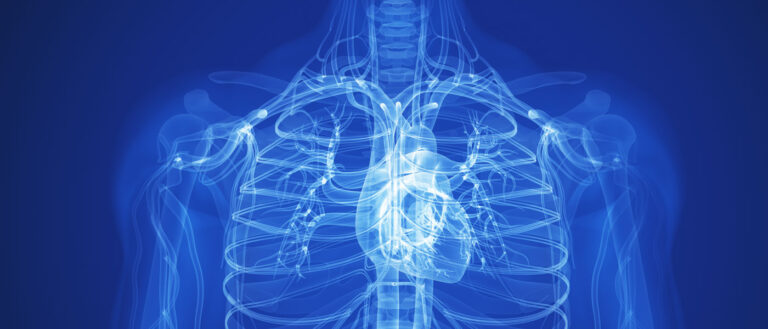Researchers from Case Western Reserve University and University Hospitals Cleveland Medical Center (UH) have secured $6.2 million from two grants awarded in the same month from the National Institutes of Health (NIH) to predict cardiovascular disease through new artificial intelligence (AI) approaches.
The study will employ cutting-edge AI techniques using machine- and deep-learning models to recognize complex patterns in medical images to produce precise insights and predictions.
The study is co-led by Sanjay Rajagopalan, chief of the Division of Cardiovascular Medicine, chief academic and scientific officer of UH Harrington Heart & Vascular Institute and the Herman K. Hellerstein, MD, chair in Cardiovascular Research, and David Wilson, the Robert Herbold Professor of Biomedical Engineering (BME) at the Case School of Engineering at Case Western Reserve, an expert in imaging AI, with additional leadership support from Sadeer Al-Kindi, co-director of the Center for Integrated and Novel Approaches and associate professor at the School of Medicine, and Satish Viswanath, assistant professor at the School of Medicine.
The funding (NIH grant awards R01:HL165218 and R01:HL167199 with contact PI Wilson) is based on the CLARIFY Registry, a UH initiative offering community members with high risk-factors for heart disease free CT scan calcium score assessments.
“The CLARIFY registry embodies the transformative mission of UH to democratize newer personalized approaches,” said Rajagopalan, also a CWRU professor of medicine and director of the university’s Cardiovascular Research Institute. “With the help of AI and machine-learning, these grants will help usher a new era of predictive health analytics to automate risk assessment and, more importantly, empower patients to seek care to reduce their cardiovascular risk. The multidisciplinary team that we have assembled here between engineering and medicine is absolutely essential to solve difficult problems.”
The most accurate predictor of future severe cardiovascular risks has been CT calcium scoring. By performing a CT scan of the patient’s chest and assessing the amount of calcium in the coronary arteries, medical professionals can suggest the best course of treatment, which may include aspirin, blood-pressure medication, and cholesterol-lowering drugs. New research sponsored by the grant will examine all aspects of such images, including calcifications throughout the heart as well as fat deposits around the heart to allow even better future predictions.
In 2017, Daniel Simon, Rajagopalan and Robert Gilkeson launched a free CT calcium scoring program at UH. This program helped patients become more aware of their heart risks, which encouraged self-management and helped ensure the start of preventative medicines that lower their risk of heart attack and stroke. Free CT coronary calcium score assessments have made it easier for researchers to gather data on the dangers associated with heart disease and stroke.
“The clinical colleagues at University Hospitals were foresighted in developing the CT calcium score program and the CLARIFY registry, which was beneficial for the clinical community,” Wilson said. “We have a substantial amount of data that has been gathered throughout the years that AI can examine.”
Wilson, who is also a member of the Case Center for Imaging Research, acknowledged the role of the powerful environment for AI and imaging at CWRU and UH led by the Department of BME and the Center of Computational Imaging and Personalized Diagnostics.
For more information, contact Patty Zamora at patty.zamora@case.edu.

